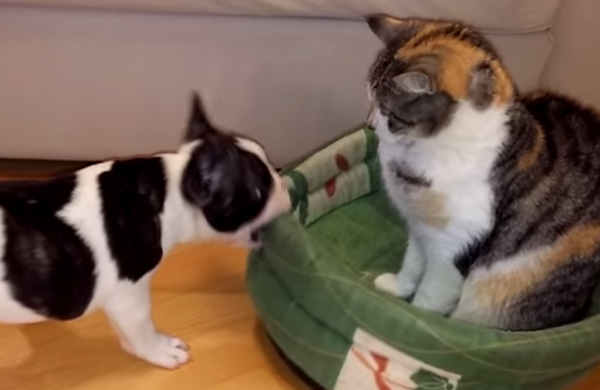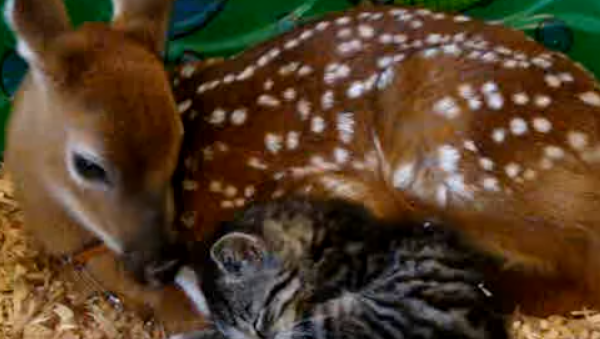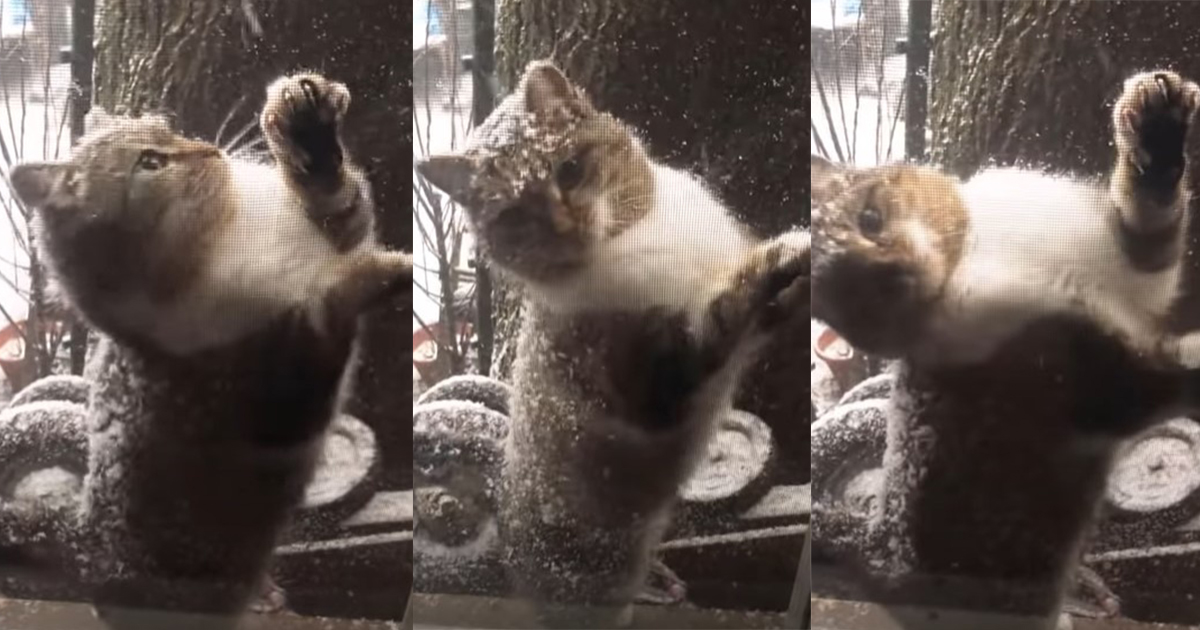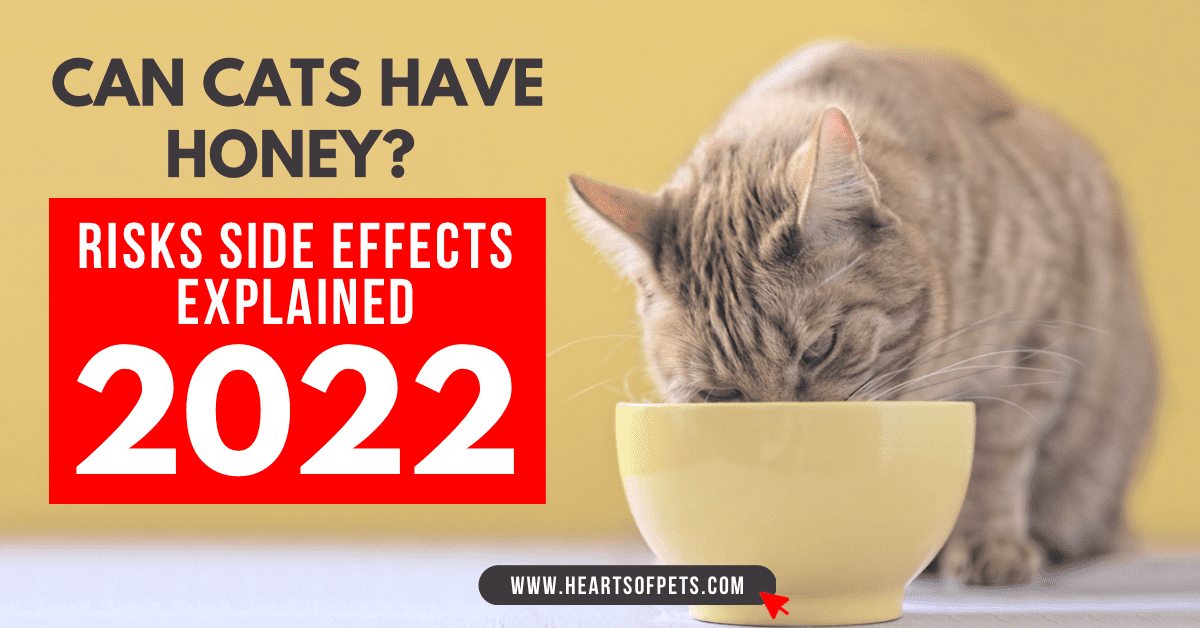Giving your cat the proper care it needs is essential, especially when it comes to managing feline diabetes. One of the main components of treating this condition is insulin. However, many pet owners wonder about the cost of insulin for their cats and if there are more affordable options available.
When it comes to the cost of insulin for cats, there are a few factors to consider. The type of insulin, the dosage required, and where you purchase it can all impact the overall cost. Let’s dive into the specifics and explore the different pricing options available.
How Much Does Insulin for a Cat Cost
- Lantus is one of the most commonly used insulin types for cats, but it can have a higher upfront cost.
- While other insulin options may seem cheaper initially, the annual cost can be higher compared to Lantus.
- Purchasing insulin from Canada or exploring online options from pet pharmacies can provide more affordable alternatives.
- Testing for diabetes in cats involves a physical exam and blood and urine samples to check for high sugar levels.
- Treatment for cat diabetes often involves insulin injections and a balanced diet tailored to the cat’s needs.
Types of Diabetes in Cats
When it comes to diabetes in cats, there are two main types to be aware of: Type 1 and Type 2. Let’s take a closer look at each:
-
Type 1 Diabetes in Cats
Type 1 diabetes in cats is relatively rare, but more commonly seen in dogs. It occurs when the cat’s immune system mistakenly attacks and destroys the pancreatic cells responsible for producing insulin. Without sufficient insulin, the cat’s body cannot properly regulate blood sugar levels.
-
Type 2 Diabetes in Cats
Type 2 diabetes is the most common form of diabetes in cats, accounting for about 90% of cases. In this type, the cat’s pancreas still produces insulin, but the body’s cells do not respond effectively to it. This results in insulin resistance, causing blood sugar levels to rise.
Both types of diabetes in cats can lead to similar symptoms. If you notice any of the following signs, it’s important to consult your veterinarian for a proper diagnosis and treatment:
- Increased urination
- Increased thirst
- Weight loss
- Increased appetite
Understanding the different types of diabetes in cats is crucial for effectively managing the condition and providing the necessary care for your feline friend.
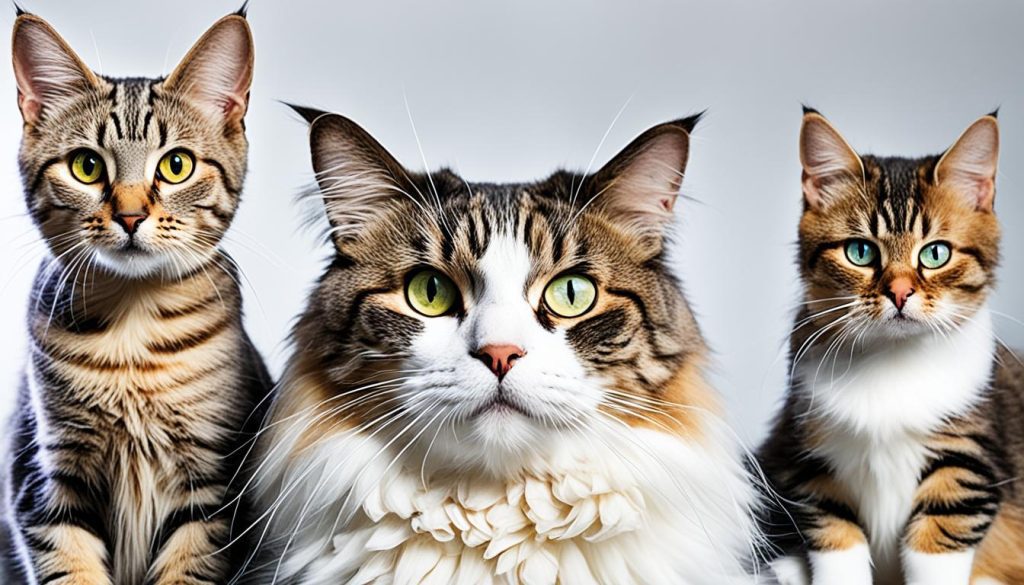
Testing and Treatment for Cat Diabetes
Cats at higher risk for diabetes are typically overweight and around 10-13 years old. To test for diabetes, a veterinarian may ask questions about symptoms observed at home and perform a physical exam. Blood and urine samples are usually taken to check for high sugar levels, which indicate diabetes.
Treatment for cat diabetes often involves insulin injections, especially in the early stages. These injections help regulate the cat’s blood sugar levels and maintain a healthy insulin balance. It’s important to note that insulin injections can be administered at home with proper training and guidance from a veterinarian.
In addition to insulin injections, a high-protein, low-carbohydrate diet is recommended for diabetic cats. The diet helps with weight loss and stabilizes blood sugar levels. It’s crucial to consult with a veterinarian or a veterinary nutritionist to determine the appropriate diet plan for a diabetic cat.
Regular monitoring of blood glucose levels is essential for adjusting insulin doses and ensuring the cat’s overall health. This can be done through at-home blood glucose testing kits or regular visits to the veterinarian for laboratory testing.
With proper testing and treatment, cats with diabetes can lead happy and healthy lives. Remember to consult with a veterinarian for personalized advice and guidance based on your cat’s specific needs.
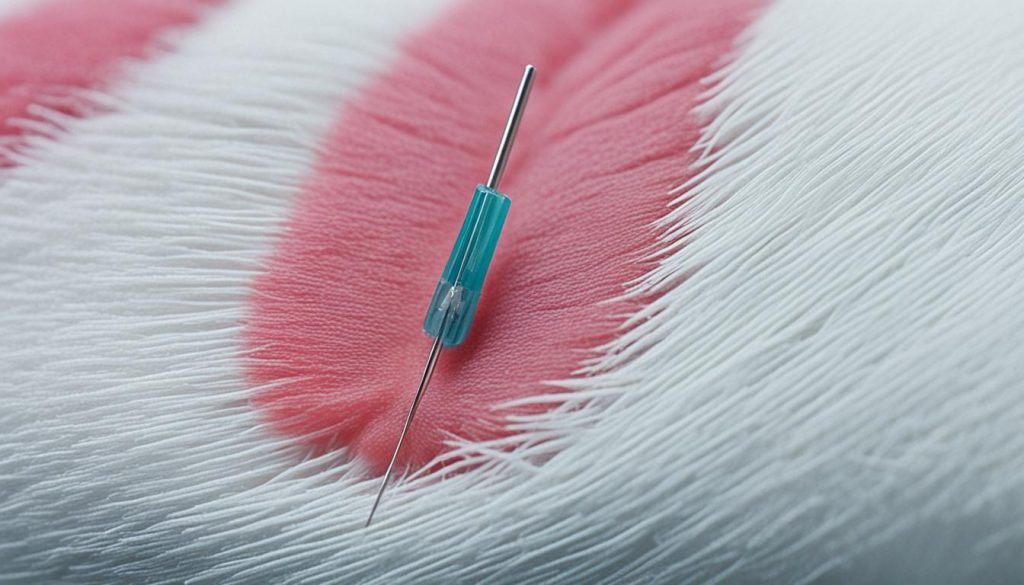
New Pill for Treating Diabetic Cats
A new once-daily pill called Bexacat has been developed for treating newly diagnosed diabetic cats. This innovative cat diabetes treatment provides an alternative to traditional insulin injections, offering convenience and ease of use for cat owners.
Bexacat has been specifically formulated for feline diabetes management, aiming to improve glucose control and decrease diabetes symptoms in cats. Studies have shown that over 80% of newly diagnosed cats have experienced positive results with this new pill.
However, it’s important to note that Bexacat is not suitable for cats who have previously been treated with insulin. If your cat falls under this category, it’s best to consult with your veterinarian for alternative treatment options.
While Bexacat offers a convenient and effective solution for managing cat diabetes, it’s crucial to be aware of the potential side effects. Some cats have experienced adverse reactions to the pill, which have led to unfortunate outcomes such as fatalities or the need for euthanization.
When considering the costs of cat diabetes treatment, Bexacat is priced at approximately $53 per month. However, it’s important to keep in mind that the total expenses for cat diabetes treatment can vary depending on individual factors such as the cat’s health condition and specific requirements.
Conclusion
Treating cat diabetes can come with a significant cost, especially when considering the expenses associated with insulin injections, which are the most common form of treatment. However, it’s important to explore all available options and consider the specific needs and conditions of your feline companion.
One promising alternative is Bexacat, a new pill specifically designed for treating newly diagnosed diabetic cats. This convenient option offers ease of use for cat owners and has shown positive results in improving glucose control and reducing diabetes symptoms in over 80% of cases. However, it’s crucial to note that Bexacat is not suitable for cats previously treated with insulin.
Regardless of the chosen treatment option, managing feline diabetes requires regular monitoring, implementing a proper diet, and maintaining open communication with your veterinarian. These steps are essential for successfully managing your cat’s condition and ensuring the best possible quality of life for your fluffy companion.

